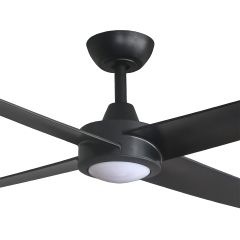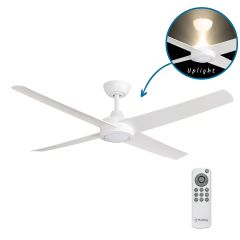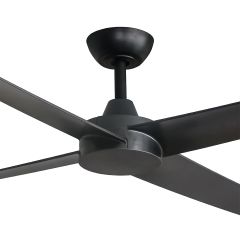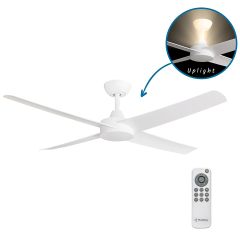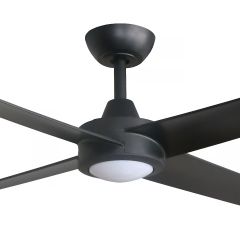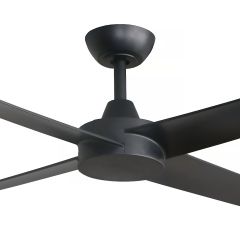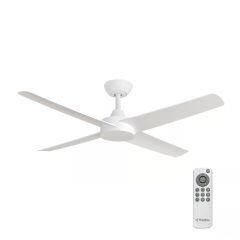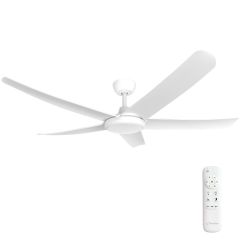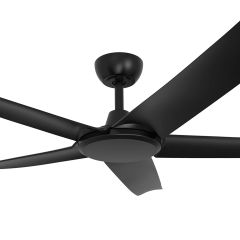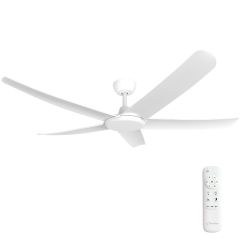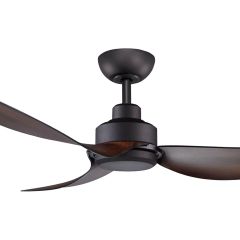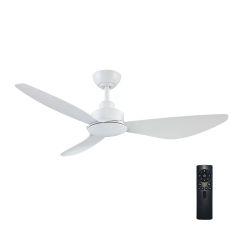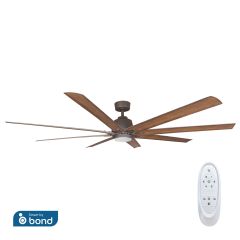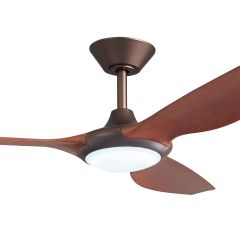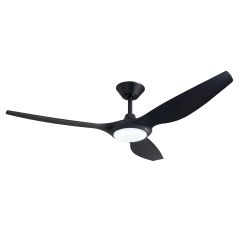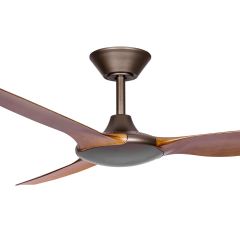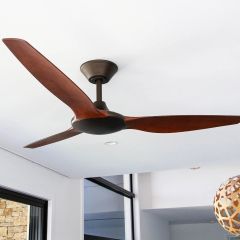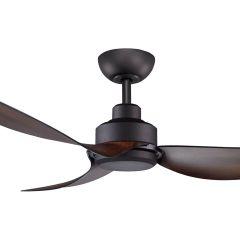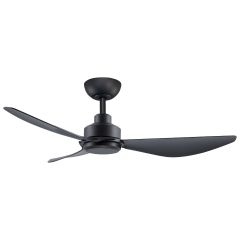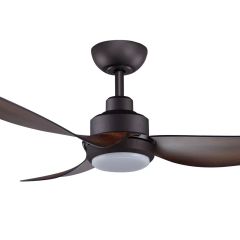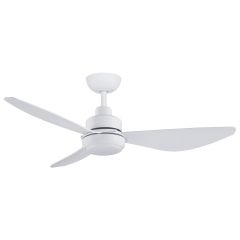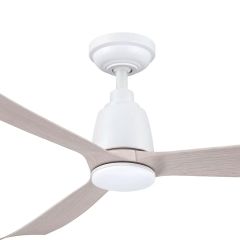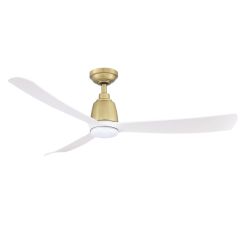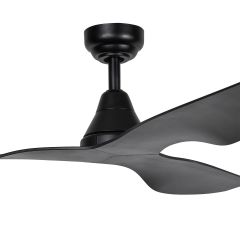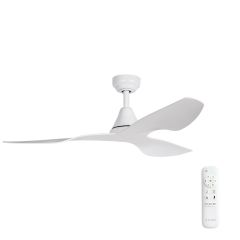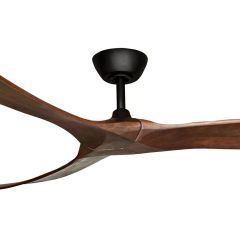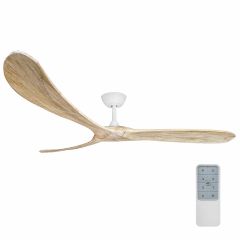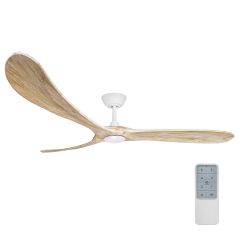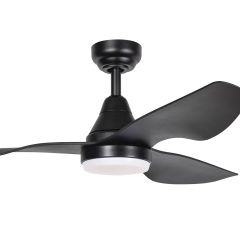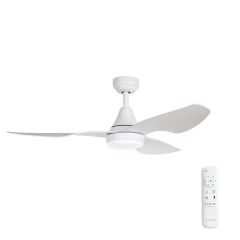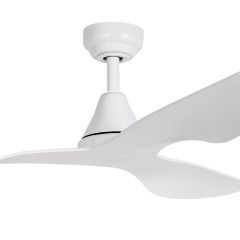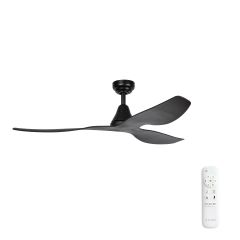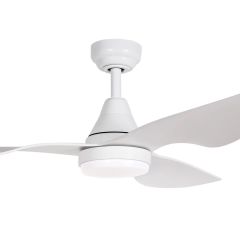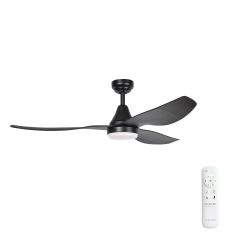Three Sixty AC Motor Ceiling Fans
Three Sixty AC ceiling fans are renowned for their reliability and affordability, offering efficient cooling at a reasonable price. These fans are equipped with AC motors that directly connect to the household power supply, functioning similarly to other common household appliances. AC motors have a long-standing history of use and are recognized for their simplicity, resulting in a minimal failure rate. If any issues arise with an AC motor ceiling fan, they typically pertain to components other than the motor itself. While AC motor-based ceiling fans are initially less expensive to purchase, they generally exhibit lower energy efficiency compared to DC alternatives. Most of these fans come with a standard 3-speed wall switch, and optional remote controls can be provided as convenient accessories. Explore the latest collection of Three Sixty AC ceiling fans to enjoy powerful and consistent cooling throughout the year.
Three Sixty DC Motor Ceiling Fans
Discover the latest innovations in Three Sixty DC ceiling fans, designed to offer exceptional airflow and remarkable energy efficiency. These ceiling fans ensure quiet operation, utilizing high-quality polymer blades for efficient and noise-free air delivery, all while consuming up to 50% less power than standard AC ceiling fans. Similar to AC motor-based fans, those equipped with DC motors directly connect to the household electrical supply, albeit through a DC motor controller. This additional device regulates the power delivered to the motor's coils using pulse modulation, enabling intermittent energy pulses instead of continuous motor operation. This pulsating mechanism leads to reduced energy consumption when compared to AC-style motors. All Three Sixty DC ceiling fans come with a standard remote control and cannot be controlled using a wall switch. Explore the latest selection of DC ceiling fans and indulge in powerful cooling while enjoying reduced energy usage.




